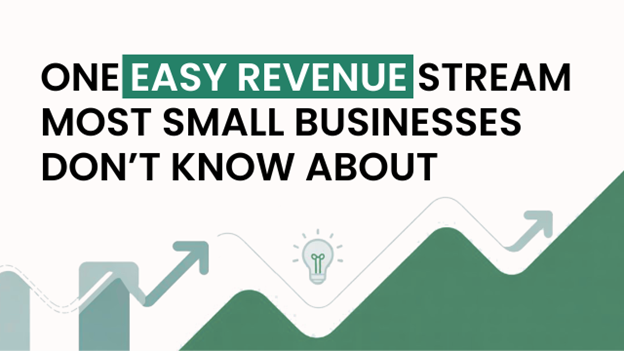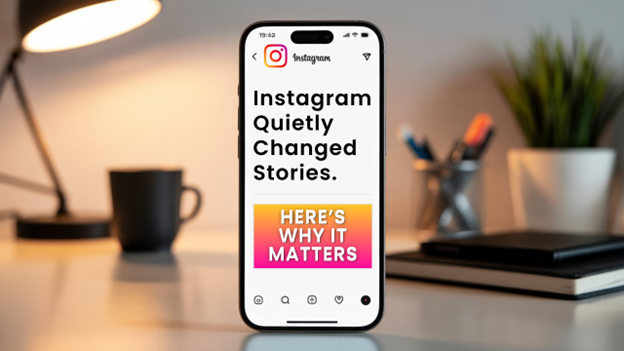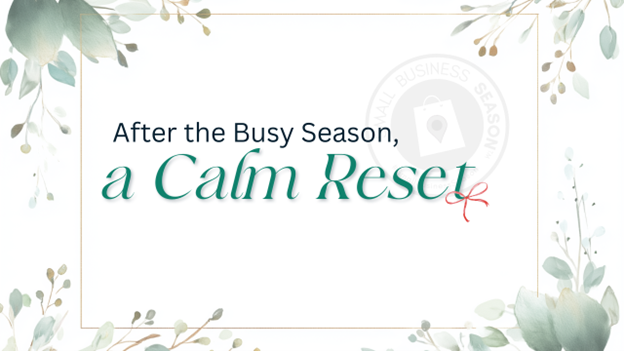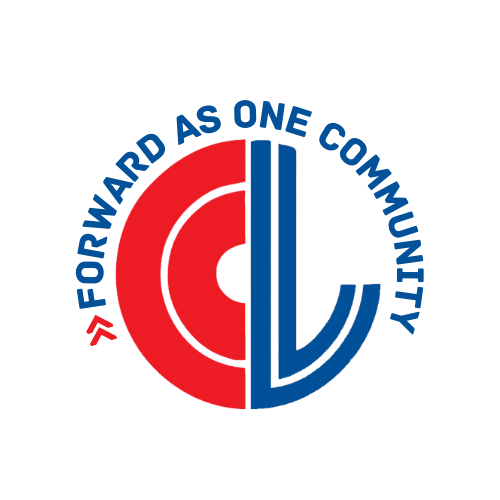The Power of Video Marketing: How to Engage, Convert, and Win
- Storytelling is key – Engaging videos focus on authentic, relatable stories rather than direct sales pitches.
- Platform optimization matters – Tailor video content for each platform: YouTube for long-form tutorials, Instagram & TikTok for short, high-energy clips, and LinkedIn for professional thought leadership
- Hook viewers instantly – The first 3 seconds determine whether people keep watching. Use eye-catching visuals, emotional moments, or intriguing questions.
- Track key metrics – Measure engagement rate, watch time, and conversion rate using tools like YouTube Analytics and Google Analytics to refine your strategy.
- Start small and scale – Test short-form videos on Instagram or TikTok, analyze performance, and optimize before expanding your video marketing efforts.
667 words ~ 3 min. read
Video marketing has evolved from a nice-to-have strategy into an essential tool for businesses looking to engage audiences, increase brand awareness, and drive conversions. As platforms like YouTube, Instagram, and TikTok continue to dominate digital consumption, businesses that fail to embrace video content risk losing relevance.
In fact, online videos can reach 92% of internet users worldwide, underscoring its dominance in the digital landscape. Whether you're a small business or a global brand, an effective video strategy can help you connect with your audience in meaningful ways, differentiate your brand, and ultimately drive business growth.
1. Tell a Story, Not Just Sell
Consumers today are bombarded with advertisements and sales-driven content. To break through the noise, brands need to focus on storytelling rather than just pushing products or services. People connect with stories, emotions, and authenticity—not just features and benefits.
- Start with a compelling hook. The first three seconds of your video determine whether viewers will keep watching. Use a thought-provoking question, an emotional moment, or an eye-catching visual to grab attention.
- Make it relatable. Video content should address your audience’s pain points, desires, or aspirations. Whether it’s a behind-the-scenes look at your business, a customer success story, or a real-life application of your product, authenticity builds trust.
- Use a mix of formats. Consider using:
- Customer testimonials to showcase real experiences.
- Behind-the-scenes content to humanize your brand.
- Educational videos to add value and position your brand as an authority.
- User-generated content (UGC) to foster community and credibility.
Remember: please respond to stories, not just sales pitches.
2. Optimize for the Right Platforms
Not all video content works across all platforms. Different social media channels cater to different audience behaviors and content formats. Tailoring your video marketing approach for each platform ensures maximum engagement and impact.
- YouTube: The second-largest search engine, YouTube is ideal for long-form content such as tutorials, product deep dives, and educational videos. To boost visibility, optimize titles and descriptions with SEO-friendly keywords, use captions, and create compelling thumbnails.
- LinkedIn: Professionals engage with thought-leadership content, industry insights, and company culture videos. Keep LinkedIn videos concise and value-driven, focusing on business challenges, trends, or leadership tips.
- Instagram & TikTok: Short-form, engaging videos (15-60 seconds) perform best here. Utilize:
- Reels (Instagram) & TikTok Trends to increase organic reach.
- Interactive features like polls, questions, and stickers to encourage engagement.
- High-energy, fast-paced editing to maintain viewer attention.
Choosing the right content for the right platform ensures higher reach and engagement, maximizing the effectiveness of your video marketing efforts.
3. Measure Success with the Right Metrics
Creating great video content is just the first step—measuring its impact is equally important. Without tracking performance, businesses can’t refine their strategies or improve ROI. Here are the key metrics to monitor:
Engagement Rate: Measures how actively viewers interact with your content (likes, shares, comments). A higher engagement rate indicates that your audience finds the content valuable.
Watch Time & Retention: Tracks how long people watch your videos. If viewers drop off early, your content may need a stronger hook or better pacing.
Conversion Rate: The most critical metric for ROI. If your goal is sales, sign-ups, or downloads, track the percentage of viewers taking action after watching.
To streamline analytics, leverage tools like:
- YouTube Analytics for in-depth video performance insights.
- Instagram & TikTok Insights for engagement metrics and audience demographics.
- Google Analytics to track traffic and conversions from video campaigns.
Data-driven insights help refine content strategy, ensuring that future videos perform better and drive higher ROI.
The Bottom Line
Video marketing isn’t just a passing trend—it’s a fundamental part of modern digital marketing. By prioritizing storytelling, platform-specific optimization, and performance tracking, businesses can create compelling videos that captivate audiences and drive results.
Action Step: If you’re new to video marketing, start small! Experiment with short videos on Instagram Reels or TikTok, track engagement, and refine your approach before scaling your efforts.
The future of marketing is video—embrace it now to stay ahead of the competition.
---
The Leavenworth-Lansing Area Chamber of Commerce is a private non-profit organization that aims to support the growth and development of local businesses and our regional economy. We strive to create content that not only educates but also fosters a sense of connection and collaboration among our readers. Join us as we explore topics such as economic development, networking opportunities, upcoming events, and success stories from our vibrant community. Our resources provide insights, advice, and news that are relevant to business owners, entrepreneurs, and community members alike. The Chamber has been granted license to publish this content provided by Chamber Today, a service of ChamberThink Strategies LLC.




